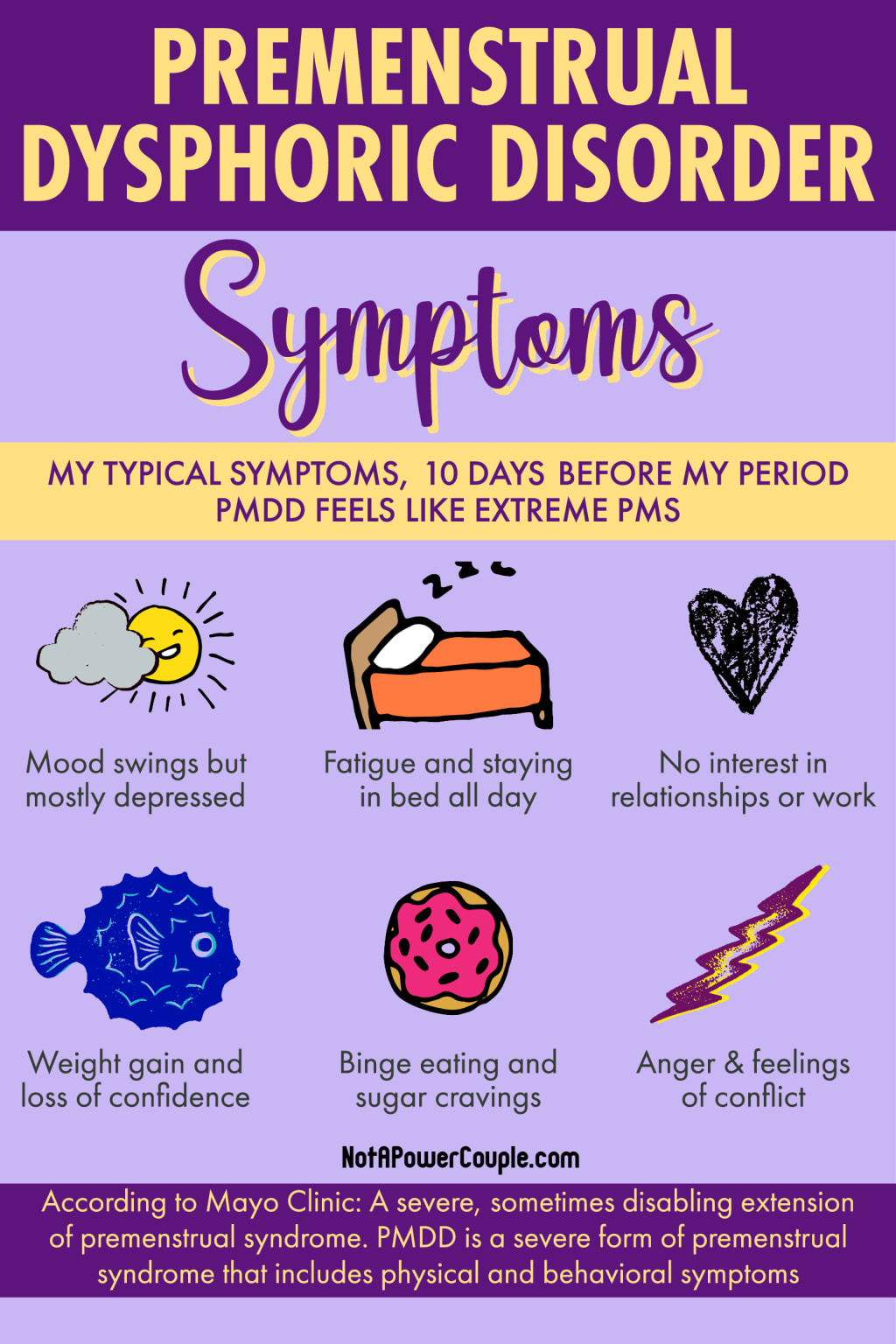Hormones and PMDD: The Science Behind Mood Swings and Emotional Changes
Hormones and PMDD: The Science Behind Mood Swings and Emotional Changes

It is no secret that hormones play a vital role in our overall health and well-being. From puberty to menopause, hormones govern almost every aspect of our lives, including our moods and emotions. One of the most significant hormonal fluctuations that women experience is during their menstrual cycle. For some women, these hormonal changes can lead to a condition known as premenstrual dysphoric disorder (PMDD), which can cause significant emotional changes and mood swings.
PMDD is a severe form of premenstrual syndrome (PMS) that affects around 3-8% of women during their reproductive years. The condition typically occurs during the second half of the menstrual cycle, approximately 7-10 days before menstruation, and can continue until the first few days of menstruation. Women with PMDD experience significant mood swings, anxiety, irritability, and depression during this time. These emotional changes can have a severe impact on their daily lives, affecting relationships, work, and overall quality of life.
The exact cause of PMDD is not known, but researchers believe that it is related to the hormonal changes that occur during the menstrual cycle. Specifically, it is thought to be related to the levels of two hormones, estrogen, and progesterone. These hormones rise and fall throughout the menstrual cycle, and it is thought that the rapid decline in progesterone levels during the luteal phase (the second half of the menstrual cycle) is what triggers the emotional changes associated with PMDD.
Estrogen and progesterone are two of the most important hormones involved in regulating the menstrual cycle. Estrogen is produced by the ovaries and plays a crucial role in the growth and development of the female reproductive system. It also affects bone health, skin health, and cognitive function. Progesterone is produced by the ovaries and helps to prepare the uterus for pregnancy. It also plays a role in breast development and the regulation of the menstrual cycle.
During the first half of the menstrual cycle, estrogen levels rise steadily, and progesterone levels remain relatively low. This rise in estrogen levels leads to the development of the uterine lining and the release of an egg during ovulation. After ovulation, progesterone levels begin to rise, and estrogen levels start to decline. This shift in hormone levels prepares the uterus for possible pregnancy and also causes changes in the body that can lead to PMS and PMDD symptoms.
Research has shown that women with PMDD have different hormonal responses to estrogen and progesterone than women who do not experience PMDD. In particular, women with PMDD may be more sensitive to the effects of progesterone, which can cause an increase in symptoms such as irritability, depression, and anxiety.
Another factor that may contribute to PMDD symptoms is the interaction between hormones and neurotransmitters in the brain. Neurotransmitters are chemicals that allow nerve cells to communicate with each other, and they play a crucial role in regulating mood, emotions, and behavior. Hormones such as estrogen and progesterone can affect the levels of neurotransmitters in the brain, which can lead to changes in mood and behavior.
For example, estrogen has been shown to increase the levels of serotonin, a neurotransmitter that is associated with feelings of well-being and happiness. In contrast, progesterone has been shown to decrease serotonin levels, which can lead to feelings of sadness and depression. The interaction between hormones and neurotransmitters in the brain is complex, and more research is needed to fully understand how it contributes to PMDD symptoms.
If you're feeling sad after your period, it is essential to understand that this is a common symptom of PMDD. Women with PMDD often experience a range of emotional changes, including sadness and depression, during the luteal phase of their menstrual cycle. These emotional changes can be severe and can impact their ability to carry out daily activities.
Fortunately, there are treatment options available for women with PMDD. One common treatment is the use of hormonal contraceptives, such as birth control pills or contraceptive patch. These medications work by regulating the levels of estrogen and progesterone in the body, which can help to reduce PMDD symptoms.
Antidepressants are another option for women with PMDD. Selective serotonin reuptake inhibitors (SSRIs) are a class of antidepressants that have been shown to be effective in reducing the symptoms of PMDD. SSRIs work by increasing the levels of serotonin in the brain, which can help to alleviate symptoms of depression and anxiety.





Comments
There are no comments for this story
Be the first to respond and start the conversation.